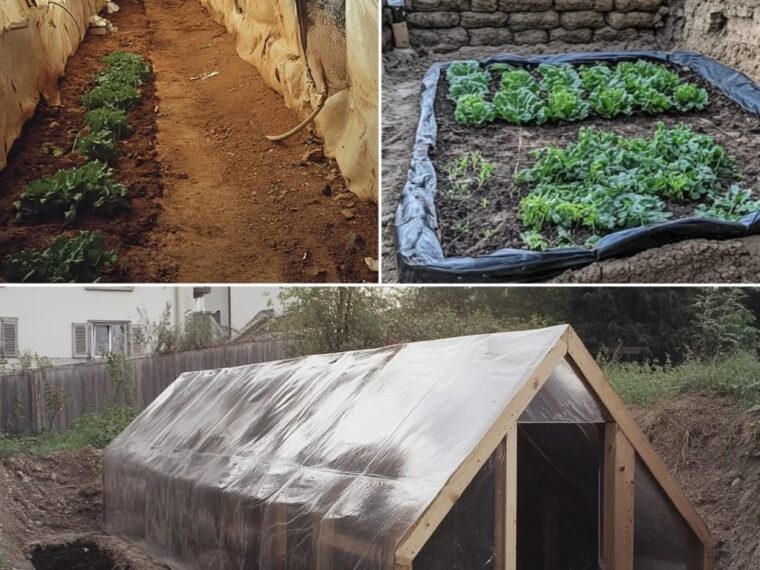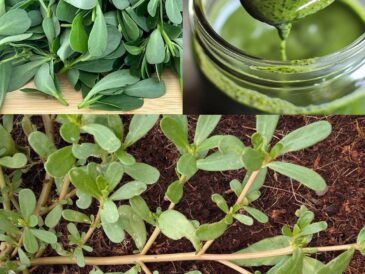- Roofing • Glazing Material: Use clear, durable materials like polycarbonate panels, greenhouse film, or tempered glass for the sloped roof.
• Angle: Adjust the angle of the roof to match your latitude for optimal sunlight exposure.
• Ventilation: Include vents or windows to release excess heat during warm periods. - Temperature Regulation • Thermal Mass: Add water barrels, large stones, or other materials that absorb and release heat to maintain stable temperatures.
• Insulated Cover: During extreme cold, cover the roof with thermal blankets or additional insulation at night. - Water Management • Irrigation: Set up drip irrigation or other water-efficient systems to keep plants hydrated.
• Drainage: Install a gravel layer or a drainage pipe to prevent flooding. - Plant Selection • Cold-Hardy Crops: Grow crops that thrive in cooler temperatures (e.g., kale, spinach, carrots, and lettuce) during winter.
• Warm-Season Crops: Use the stable temperatures to grow tomatoes, peppers, cucumbers, or melons in other seasons. - Maintenance • Monitor Temperature: Use a thermometer to ensure the internal climate stays within the optimal range for your plants.
• Control Pests: Watch for pests and manage them using organic or integrated pest management techniques.
• Repair: Regularly inspect and repair any damage to the structure, especially to the glazing materials and walls.
Benefits of a Walipini Greenhouse
1. Year-Round Growing: The stable internal temperature supports continuous plant growth.
2. Energy Efficiency: Relies on passive solar heating, reducing the need for artificial heating.
3. Cost-Effectiveness: Uses simple materials and natural resources to maintain a warm environment.
4. Sustainability: Ideal for self-sufficient food production.Building a Walipini requires thoughtful planning and effort but offers a long-term, sustainable solution for year-round food cultivation.
Pages: 1 2




